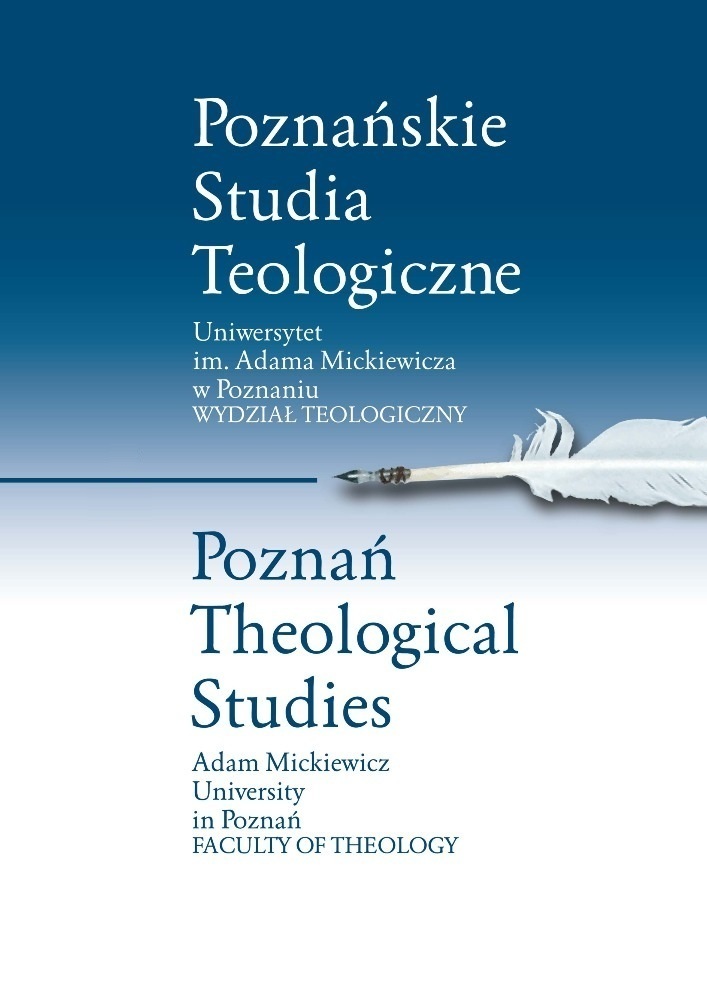Abstrakt
The article deals with the problem of formation of the canon of the Hebrew Bible on the level of correlation between the cultic institutions that formed the basis of ancient Near Eastern religions and the theological concepts inscribed into the text of the Hebrew Bible. The proposed approach is an attempt tofind a new paradigm in the discussion on the uniqueness of the religion of ancient Israel. Recognition of theological concepts inscribed into sacred writings that finally substitute some of the functions of cultic institutions might provide an explanation of the peculiarities of the contents and form of the canon, both on the level of the whole scripture as well as particular stories. This article is part of a wider project whose aim is to describe the connection between the Hebrew Bible / Old Testament and the religion of Israel in biblical times. The idea of the project embraces multiple directions of research: the problem of formation and transmitting of the texts of the canons; the reasons why the stories, as well as the Bible as one whole, were written and transmitted in this particular content and form; the rules of writing the text and transmitting it in the written version; multiplicity of canons and their connections with the communities; the specifics of the Hebrew canon against the Old Testament canon; the issue of continuity between the religion of ancient Israel, Judaism of the Second Temple period, Christianity and rabbinic Judaism. The proposed approach underscores the fact that a canon does not exist without a community which is responsible for its creation and cultivation, therefore, it cannot be interpreted apart from it. On the other hand, it is the canon that protects the identity of the community, therefore, its hermeneutics must comply with the community’s self understanding.
Licencja
Copyright
© 2008 Uniwersytet im. Adama Mickiewicza w Poznaniu, Wydawnictwo Naukowe UAM, Poznań
OPEN ACCESS
